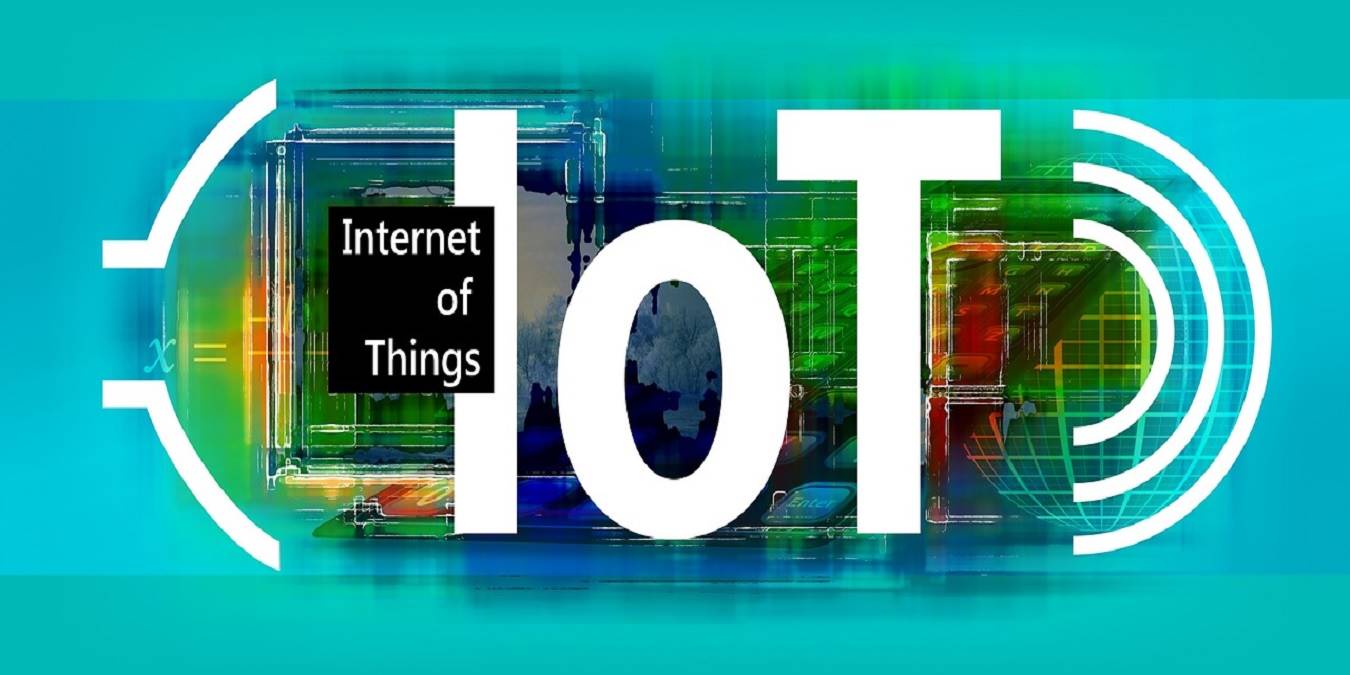
Despite a growing abundance of smart home products for every need and budget, there is also consumer resistance to their adoption. Apart from security and privacy concerns, a lack of awareness about IoT benefits is causing many first-time buyers to hold off their purchase.
For example, according to market research indications, there might be no more room for smart speakers. At the moment, less than two percent of Amazon customers are using Alexa’s voice shopping feature. Typical problems like these are slowing down the penetration and reach of IoT products.
Accordingly, we will discuss a few common design principles that can ensure that people are actually excited to use their smart home gadgets and appliances.
1. Building Relevance
A major challenge with selling “smartness” in electronics products is that most people are actually quite content with the dumb ones. They may not wish to turn the lights on with an app or voice, as it doesn’t come naturally to them.
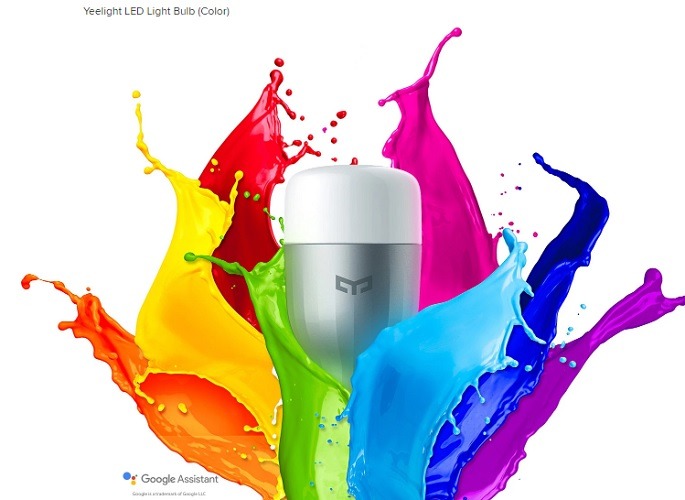
How does one even argue against a natural reflex such as turning the lights on/off using an actual switchboard? IoT companies that are obsessed with making “people’s lives easier” should also be factoring in user relevance in their product design.
What value do the smart products provide to the end user? If the only objective is to make people lazier, then they will spend their money elsewhere. However, if the smart bulbs can drastically cut down on electricity consumption or have ambient color options, then these products just got a lot more interesting.
2. Creating Usability
To improve the functionalities of smart home products, one needs to create usefulness beyond temporary app controls. Take the example of a doorbell camera. While it helps with security, “miscreants can hang a rag” around the object or tamper with it in many other ways.
At the moment, most video doorbells do not come with an important alarm feature which would alert the homeowners. Clearly, any smart product design must take into account the most vital concerns that end users will eventually have.
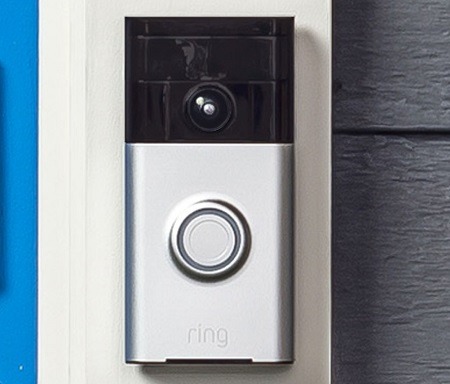
“Smart” or not, without an exciting value proposition, no product sells easily. After all, who wouldn’t buy a smart air conditioner that could cut the electricity bill by half during the hot summers?
3. Incorporating DIY
Many people like some element of control in managing their appliances. They want to fix any glitches on their own, if necessary. However, most IoT products are hard-coded and eliminate the need for any do-it-yourself (DIY) skills. Removing such an important aspect in product engineering means end users will not develop a connection with their smart devices.
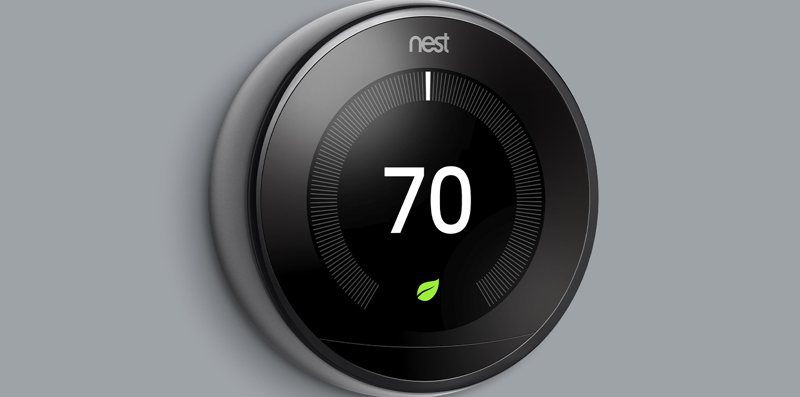
For example, in 2016 a Nest thermostat bug left many users cold during the winters. Not only do such episodes defeat the purpose of the smart product, but from a security standpoint, they can cost lives. Fortunately, Google has made amends and now includes a dedicated troubleshooting guide for Nest thermostats.
However, for a lot of run-of-the-mill IoT products you can find on Amazon, there is insufficient online information about what one must do should the product fail to work.
4. Regulations, Credibility and Trust
Currently, most smart home products lack standardized regulations, which is a major factor in inhibiting consumer trust. Take the example of smart plugs which come in a variety of form factors and user designs.
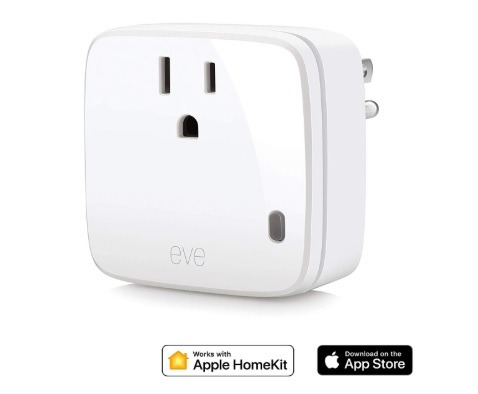
Moreover, the IoT marketplace is being carved up by major IoT platforms including Google, Amazon, Apple HomeKit and many more. Each one is designing products that only address their own ecosystem. This has implications with regards to security, privacy and compatibility of IoT products.
IoT companies must take their cues from television, refrigerator, automobile and other manufacturers who adhere to uniform regulations. There is no way to build consumer trust in IoT without standard regulations.
Some steps in this direction have come from the IoT Cybersecurity Improvement Act and the Trustable Technology Mark. But, compulsory regulations are still a distant affair. As long as IoT platform companies refuse to speak a common language, consumers will refuse to trust them.
Conclusion
Clearly, IoT manufacturers have to do a lot more to build confidence and trust, and it starts with the design. They definitely need to step up on the user experience in order to improve the appeal of their products.
Are you a regular user of smart home products? What other design principles do you think are being ignored by the product companies? Do let us know your views in the comments section.







